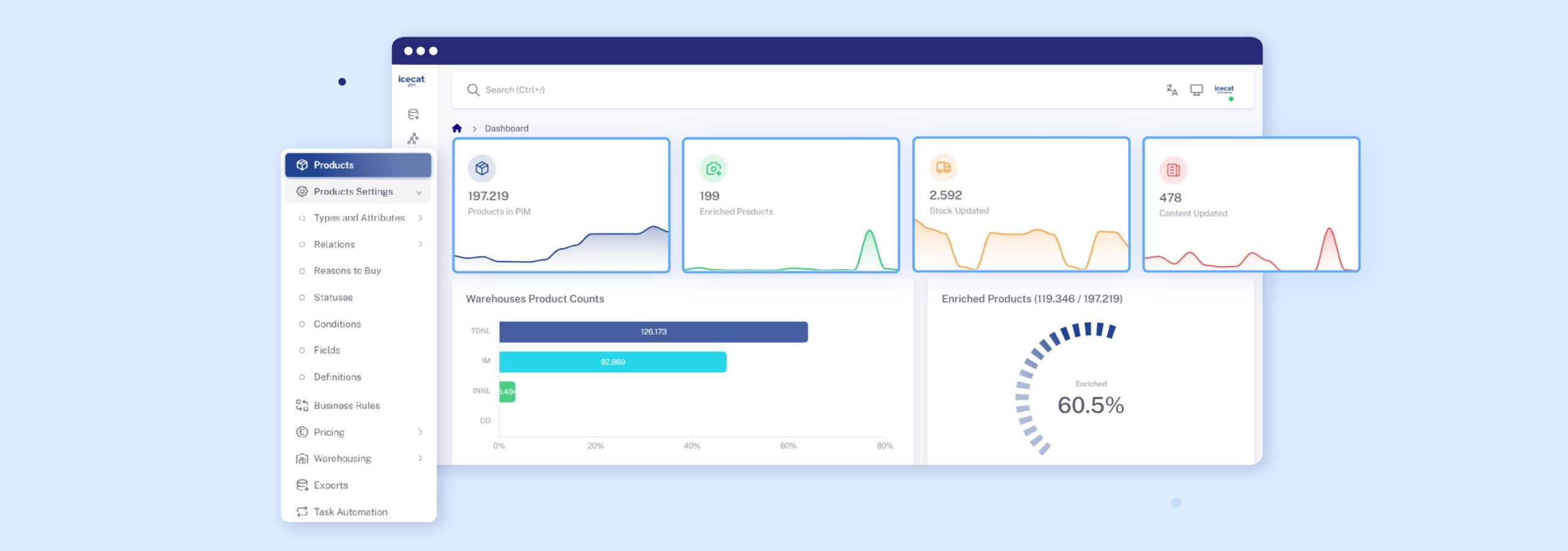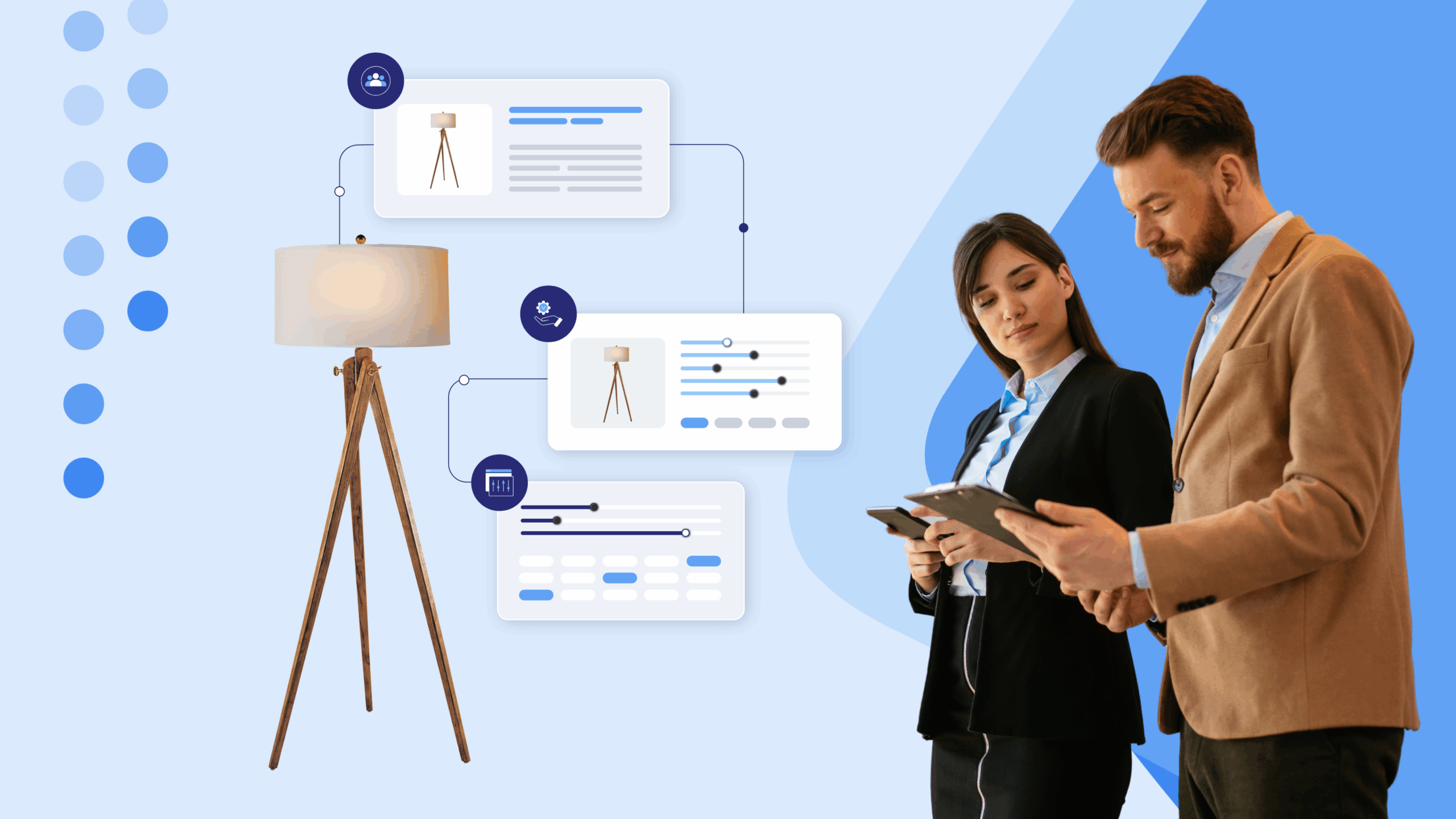Wondering how to get your retail business everywhere your customers are? That’s the promise of omnichannel retail. If you want to boost loyalty, sales, and customer satisfaction in a marketplace where touchpoints multiply by the day, omnichannel strategies are the smart play.
This guide breaks down what omnichannel retail really means, strategies your business can implement, and why unifying all your channels gives you a true edge.
What Is Omnichannel Retail and Why Does It Matter?
Think about the last time you bought something new. Maybe you discovered a cool sneaker ad on TikTok, compared prices on your phone, got a back-in-stock alert via email, and finally bought your item in a store near your office. That’s not just shopping. That’s omnichannel in action.
Omnichannel retail is the approach of providing a consistent and connected shopping experience across all customer touchpoints, including physical stores, online websites, mobile apps, and social media platforms. This strategy ensures that customers receive the same product information, promotions, and support no matter how or where they choose to shop.
According to the Harvard Business Review, 73% of shoppers use multiple channels during their buying journey. Customers who interact on four or more channels spend on average 9% more than single-channel shoppers, and they’re much more likely to shop again. Those are conversion and loyalty numbers no retailer can afford to ignore.
Key Features Every Omnichannel Commerce Strategy Needs
Want to start or strengthen your omnichannel approach? Here are the essentials:
1. Centralized Inventory Management
At the core of any effective omnichannel strategy is a unified inventory system. When your mobile app shows that a blue XL jacket is in stock, it should be ready to buy both online and in-store. This means consolidating data from all warehouses, stores, and digital sales channels into a single source of truth. Real-time synchronization enables visibility across the entire supply chain. Leading retailers implement Product feed automation and Order Management systems to dynamically allocate inventory based on proximity, demand, and available stock, rather than relying on static, siloed systems.
2. Consistent Product Information Architecture (PIM)
An omnichannel strategy fails without standardized, enriched, and channel-specific product content. A Product Information Management (PIM) system is a key driver of this efficiency. Icecat PIM can centralize all product data, such as specifications, Icecat or AI-enriched descriptions, media, and pricing in one place, ensuring every channel and team works with consistent, accurate information. This reduces duplication, minimizes product-related errors, and simplifies updates across websites, marketplaces, and catalogs.

3. Unified Customer Data
Having a complete and unified view of your customers is crucial. Shoppers interact with brands through multiple channels such as websites, mobile apps, physical stores, and customer support, so bringing all this information together into one clear, privacy-compliant profile is key. To create a unified customer data profile, businesses typically use systems like Customer Relationship Management (CRM) software.
4. Customer Service Tools Built for Omnichannel Success
To deliver exceptional customer service in an omnichannel environment, support teams require unified dashboards that consolidate order histories, communication records, and browsing activity from every channel. This means using CRM and helpdesk platforms that integrate with ecommerce systems, point-of-sale (POS) technology, logistics, and Customer Data Platforms (CDPs).
5. Cross-Channel Loyalty and Rewards Framework
Instead of separate loyalty programs per channel, successful brands build an integrated framework where points, offers, and rewards accrue and redeem regardless of where the purchase is made. The program must be omnichannel-aware—capable of tracking and influencing behavior both online and offline. Advanced implementations even use loyalty data to personalize email campaigns, app notifications, and in-store recommendations.
For example, brands like Starbucks and Sephora use integrated loyalty programs that reward customers regardless of where they interact, reinforcing emotional connections and encouraging repeat purchases. When customers feel recognized and valued across platforms, they not only return more frequently but also tend to spend more, boosting overall lifetime value.

6. Scalable API-First Architecture
A flexible, API-first architecture is the foundation of any successful omnichannel strategy. By adopting a microservices-based approach, businesses can develop and deploy services independently, adapt to changing customer demands, and scale faster across regions and channels. APIs act as the connective tissue, enabling seamless integration with third-party platforms—from marketplaces and logistics providers to marketing tools and mobile applications. This modular setup not only boosts agility and uptime but also allows brands to innovate without disrupting core operations.
7. Flexible Fulfillment Options
As consumer behavior shifts toward convenience and immediacy, retailers must design their fulfillment models to be adaptable across all channels. This strategy involves building infrastructure that supports multiple fulfillment paths, including in-store pickup, ship-from-store, local delivery, and regional distribution.
One effective strategy is Buy Online, Pick Up In Store, or BOPIS. This approach is preferred by 58% of shoppers because it combines the convenience of digital shopping with the speed of in-person pickup. It also opens the door to additional revenue, as 47% of BOPIS customers make extra purchases when they collect their orders.

Building Your Omnichannel Commerce Strategy
Creating an omnichannel strategy doesn’t happen overnight, but the process is more manageable than you might think. Here’s where to start:
➜ Research Where Your Customers Are
Dive into your analytics. Which social platforms do your customers hang out on? Are more orders coming from mobile or desktop? Survey your audience, monitor traffic, and listen to feedback.
➜ Map the Customer Journey
Pinpoint every step your customer takes—from discovery to purchase, fulfillment, and follow-up. Consider all channels and potential touchpoints (online ads, Instagram DMs, mobile browsing, in-store visits, email receipts, SMS, etc.).
➜ Make Every Touchpoint Shoppable
Your customer should be able to complete a purchase, claim a coupon, or check inventory from anywhere. An item left in the cart on mobile should greet them on desktop or reappear as an in-store reminder.
➜ Connect All Your Channels
Break down data silos with technology like unified product information management system (PIM), POS system, customer relationship management platform (CRM), and order system (EDI). This ensures all information flows smoothly and every channel syncs seamlessly.
➜ Optimize Inventory and Fulfillment
Synchronize inventory so customers see real-time stock levels whether they’re online or in-store. Enable services like BOPIS, curbside pickup, same-day delivery, and even offer easy returns across channels.
➜ Personalize and Automate the Experience
Leverage first-party data to segment audiences, tailor marketing messages, and automate personalized offers. AI platforms can predict preferences, recommend products, and trigger relevant follow-up communications without feeling intrusive.
➜ Track Performance and Improve Continuously
Use analytics from each channel to spot strengths, weaknesses, and opportunities. Test new campaigns, gather customer feedback, and refine the omnichannel experience regularly.
Power-Up Your Omnichannel Strategy with AI and Automation
The future of omnichannel retail is smarter, faster, and more personal. Here’s how AI is supercharging the trend:
- Predictive Analytics: AI can forecast demand, optimize stock, and dynamically adjust pricing or recommendations in real time.
- Conversational AI: Chatbots and voice assistants now connect the dots between websites, apps, and physical locations 24/7.
- Smart Personalization: AI can analyze huge streams of data for hyper-targeted offers at the individual level, right as the customer interacts with your brand.
Final Thoughts
The barriers between “offline” and “online” are vanishing. By 2026, expect to see even more mobile-centric shopping experiences, AI-driven support, and branded messaging via channels like WhatsApp or RCS natively in your customers’ messaging apps. However, building a strong omnichannel retail strategy doesn’t have to happen immediately. Start by mapping your customer’s main touchpoints, identifying your tech gaps, and looking for quick wins like synchronizing and automating inventory and offering in-store pickup for online orders.
Invest in technology that bridges your online and offline operations, like Icecat PIM, and never stop listening to your customers. Their needs are evolving fast, and the brands that listen, adapt, and seamlessly connect every step will keep those shoppers coming back for more.

Kat is a Digital Marketer with a passion for blending creativity with data-driven insights to craft engaging content.



